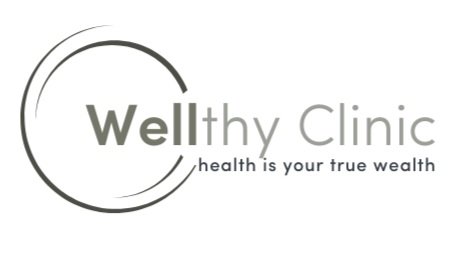Benefits of a Sports Massage
In this blog, we will cover why Sports Massage is commonly used by elite athletes as part of their training regimes. Does it optimise your recovery? Does the average active person need a sports massage?
What is Sports Massage?
A Sports Massage is a firm pressure massage aimed to reduce muscular tensions. The massage can involve some active stretching or a more traditional massaging of the muscles directly. It is not a holistic spa massage where a lighter pressure is used to focus on relaxation. The practitioner will specifically target your core muscles that have been used a lot within training. It can also assist in correcting issues caused by repetitive and strenuous activity. Moreover it helps support athletes to aid recovery and support training schedules. Similarly, it will help people with demanding job roles ease tensions and reduce stress.
What is the Difference between Sports and Deep Tissue Massage?
Treatments can include a combination of muscular stretching and firm massage. It will be more sports-specific and tailored to you. Deep tissue massage has an even firmer pressure targeted towards specific areas of tension. Both treatments are bespoke for the client and we adapt the massage pressure depending on the individual’s needs.
Will a Sports Massage Get Rid of Knots?
‘Knots’ are areas of muscular tension and massage is a good way to help reduce muscular tensions. By applying a firm pressure you aim to work on the connection between the deeper muscles and the connective tissue (or fascia) that lie on top of them. The connection between the two should glide freely but friction can occur after demanding training, injury, stress or indeed lack of use.
Sports Massage Effects
Typically you will feel relaxed, a feeling of being lighter, and perhaps experience less pain with less muscular tensions. You could feel sore the day after treatment but after that, you should then feel a little looser with your muscular tensions. You may need to consider having a few treatments depending on how much tension you are experiencing.
What are the Benefits of a Sports Massage?
Typically after a treatment, you feel like you have fewer pains, and feel more relaxed with less muscular tensions. It is a useful tool to optimise recovery post-exercise. It also helps to relieve the body of the stresses of modern lifestyles. Theoretically, massage can help calm your nervous system, reduce inflammation and promote blood circulation. A recent study showed effectiveness in post-race recovery from pain and perceived fatigue in long-distance triathlon athletes (Nunes et al 2016). Additionally, it was effective for both delayed onset of muscle fatigue (DOMS) and perceived fatigue (Dupuy et al 2018). Anecdotally there is support from elite athletes to suggest it has multiple benefits, few side effects and useful tools as part of a wider programme. Moreover, clients have reported positive changes in rehabilitation after a sports injury, osteopathy for neck pain, cranial osteopath for back pain, and osteopath for knee pain.
Does Sports Massage Hurt?
There could be uncomfortable areas of tension but our clinicians are open to feedback and can adapt the pressure to your tolerance level. We want the treatment to be effective (not to inflict pain) so we will look to find the right pressure to best suit each individual. We deliver professional, effective treatments focused on reducing muscular tensions, and supporting active lifestyles and demanding job roles. Athletes we have supported are marathon runners, triathletes and volleyball players (shoulder pain) to name a few. We can support them with regular treatment to help them achieve their individual goals.
Is Massage or Osteopathy Better for Injuries?
Osteopathy would be better to gain a diagnosis, treatment and rehab plan. Sports massage will not help resolve injuries but it might be useful for reducing muscular tensions. A Sports Osteopath London will explain why your injury occurred and provide hands-on muscular stretching, joint articulation and joint manipulations (only if appropriate). A rehabilitation after a sports injury plan will be agreed upon with the prescription of home-based Rehab Pilates London exercises. Advice will be given on your lifestyle, hydration and nutrition to optimise healing times.
Interested in a sports massage? Book with one of our practitioners here.
References
Dupuy et al (2018) An Evidence-Based Approach for Choosing Post-exercise Recovery Techniques to Reduce Markers of Muscle Damage, Soreness, Fatigue, and Inflammation: A Systematic Review With Meta-Analysis Frontiers in Physiology available at https://www.frontiersin.org/articles/10.3389/fphys.2018.00403/full
Tali et al (2014) Upper cervical mobility, posture and myofascial trigger points in subjects with episodic migraine: Case-control study Journal of Bodywork and Movement Therapies 18: (4), pp. 569-575 https://www.sciencedirect.com/science/article/abs/pii/S1360859214000072
Nunes et al (2016) Massage therapy decreases pain and perceived fatigue after long-distance Ironman triathlon: a randomised trial Journal of Physiotherapy 62, (2) pp83-87 available at https://www.sciencedirect.com/science/article/pii/S1836955316000187
Matthew Glithero
Matthew Glithero is an Osteopath (MOsT) & Pilates instructor with a background in Sports Science (BSc).


